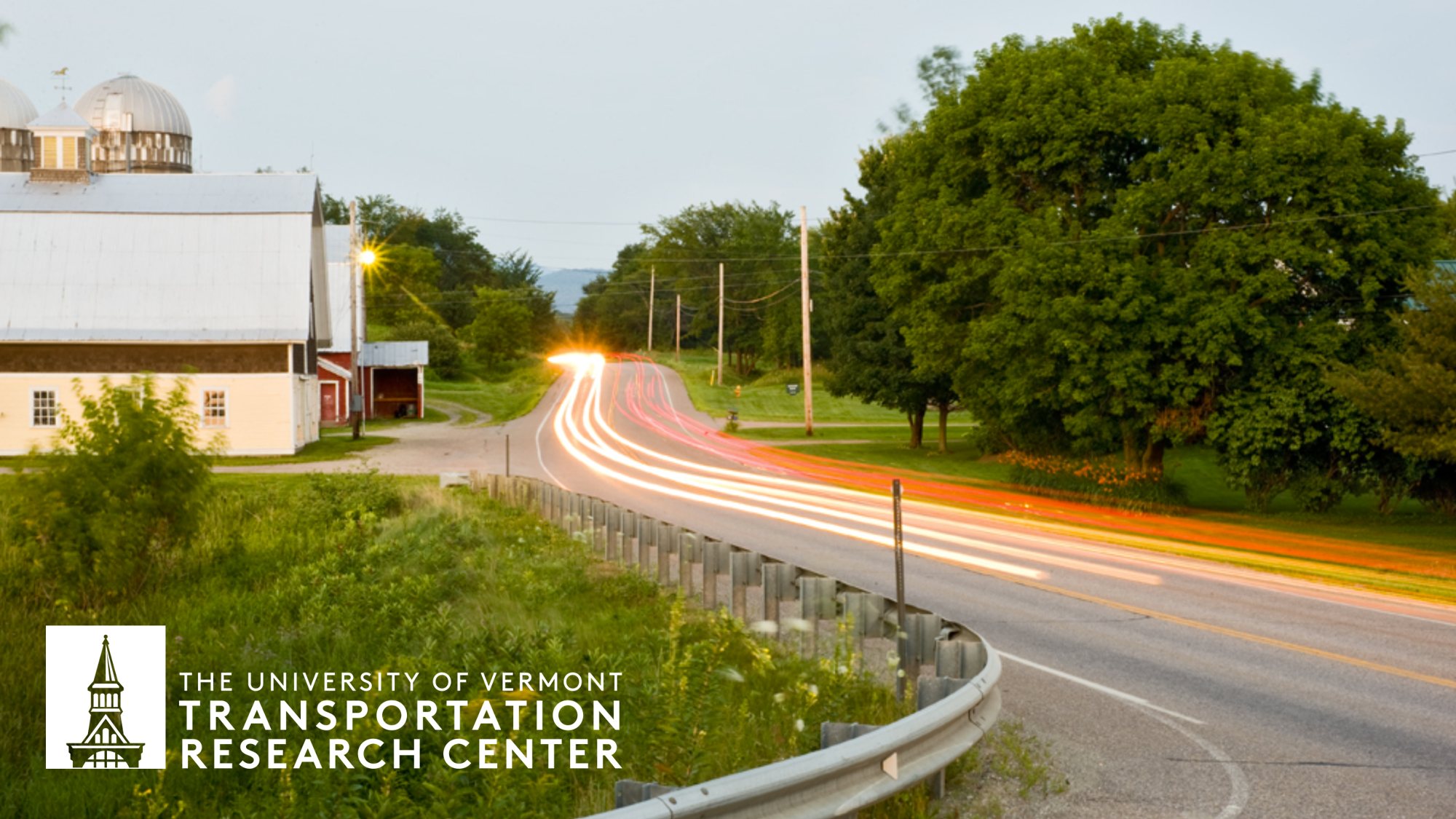
University of Vermont Transportation Research Center
Document Type
Report
Publication Date
8-1-2017
Abstract
Vermont is seeing significant increases in extreme precipitation, total precipitation, and precipitation persistence. These changes can affect the behavior of stream flows, resulting in changing magnitude of extreme flows such as the 100-year discharge. For hydraulic design of culverts and bridges, design flows are traditionally used based on assumptions of stationarity, resulting in a design that does not incorporate ongoing changes in streamflow behavior. This report describes a modeling study in the Mad River and the Missisquoi River that derives change factors for Vermont that can be applied to the magnitude of a design discharge (100- year, 50-year flow and 25-year discharge). The methodology is based on a stochastic Monte Carlo Markov Chain model that simulates the changing precipitation statistics and a hydrology model that translates climate inputs into stream discharge for the two test rivers based on climate-sensitive snowpack and soil moisture. The change factors for 100-year flows in 2050 for the Mad River (more flashy) and the Missisquoi River (less flashy) are 1.6 and 1.4, respectively. These results are based on the assumption that changes in the extreme value distributions continue in the same manner as during the observed period. The derived change factors can be applied based on a spatial map of changes of extreme precipitation. The differences in design flows from the nonstationary model, the stationary model, and downscaled climate model output are very large. This sensitivity of outcome to methodology presents a design challenge, and the results of this study can be applied to make conservative estimates of future extreme discharges.
Recommended Citation
Bomblies, Arne, "The changing risk of extreme event impacts on Vermont transportation infrastructure" (2017). University of Vermont Transportation Research Center. 34.
https://scholarworks.uvm.edu/trc/34


